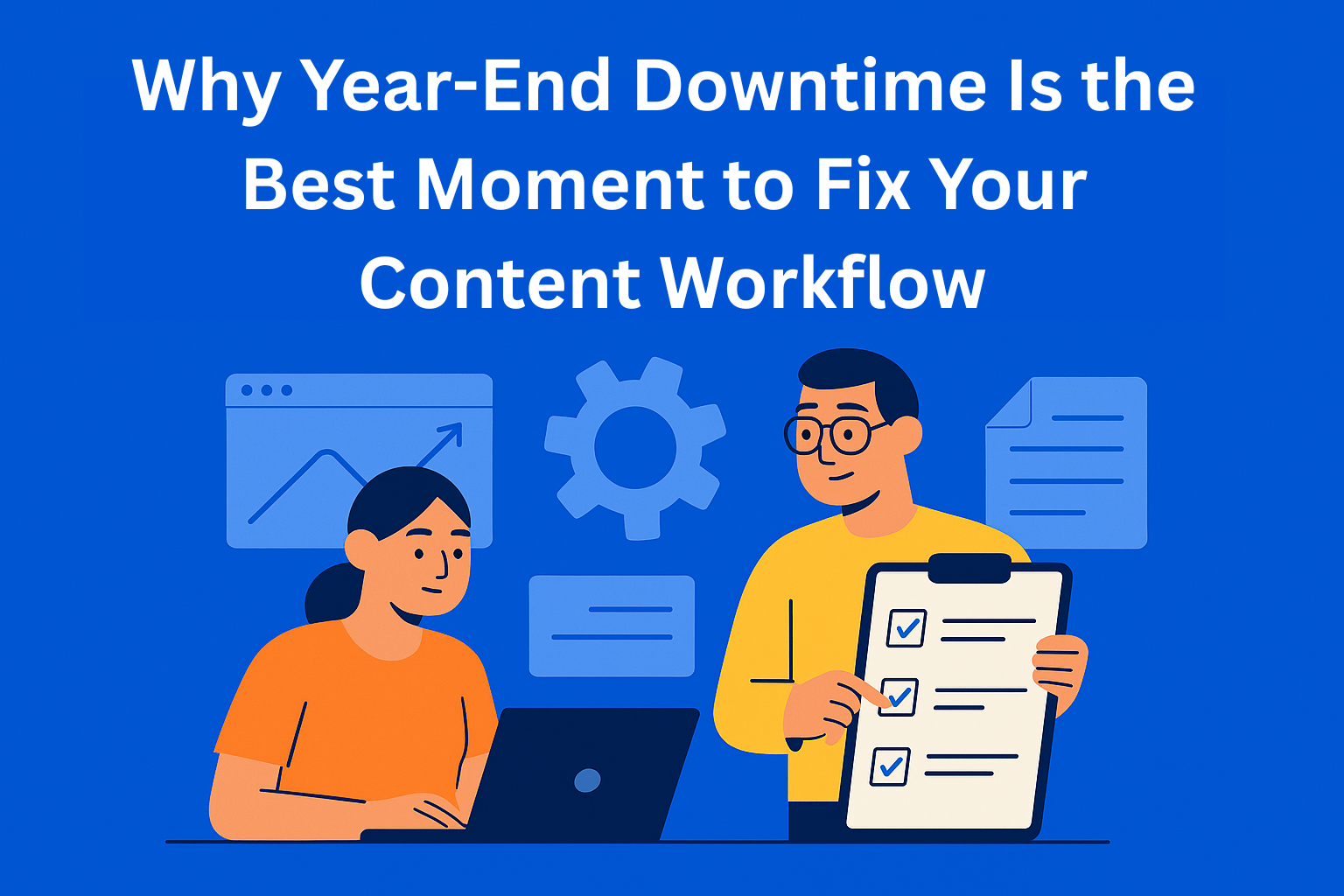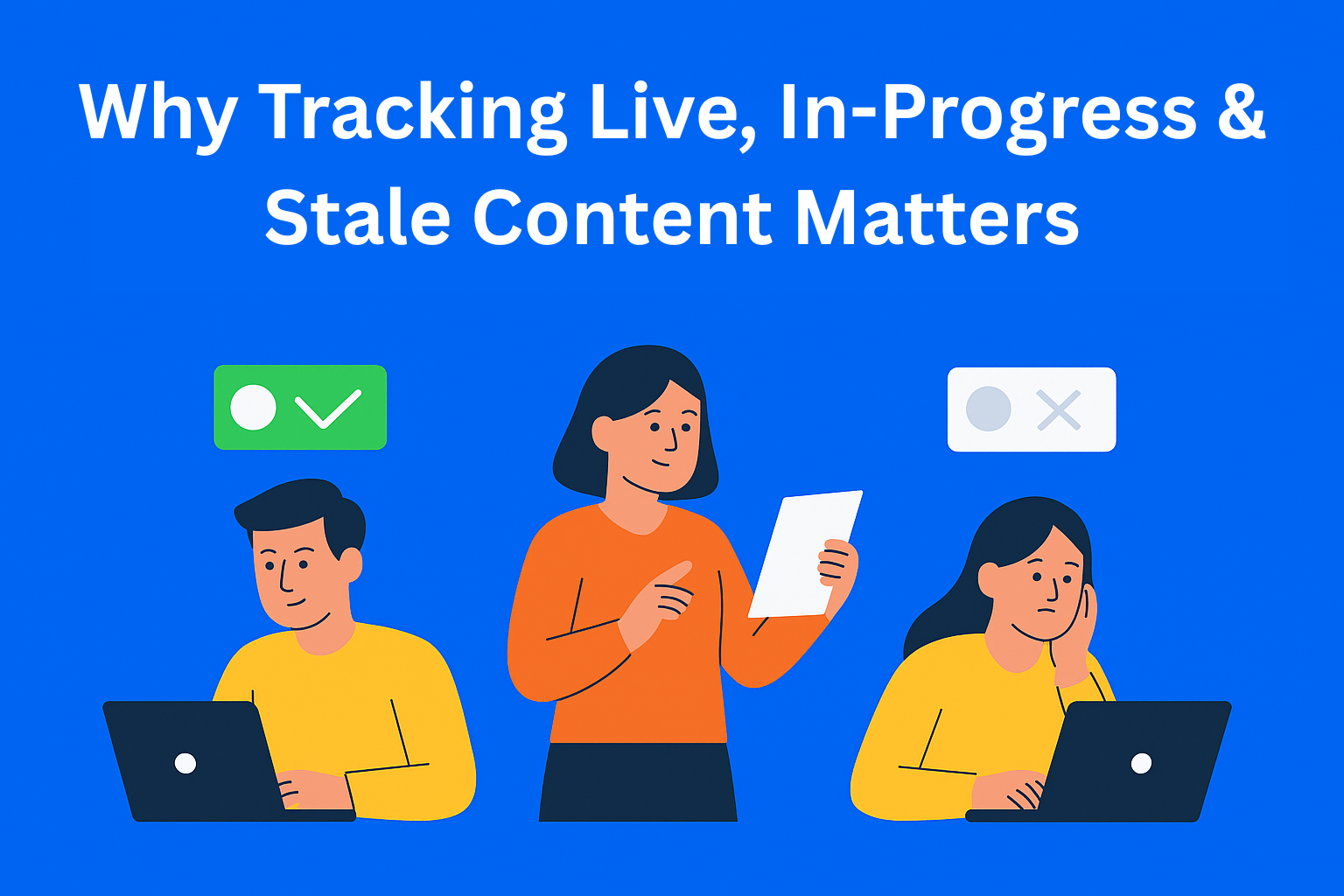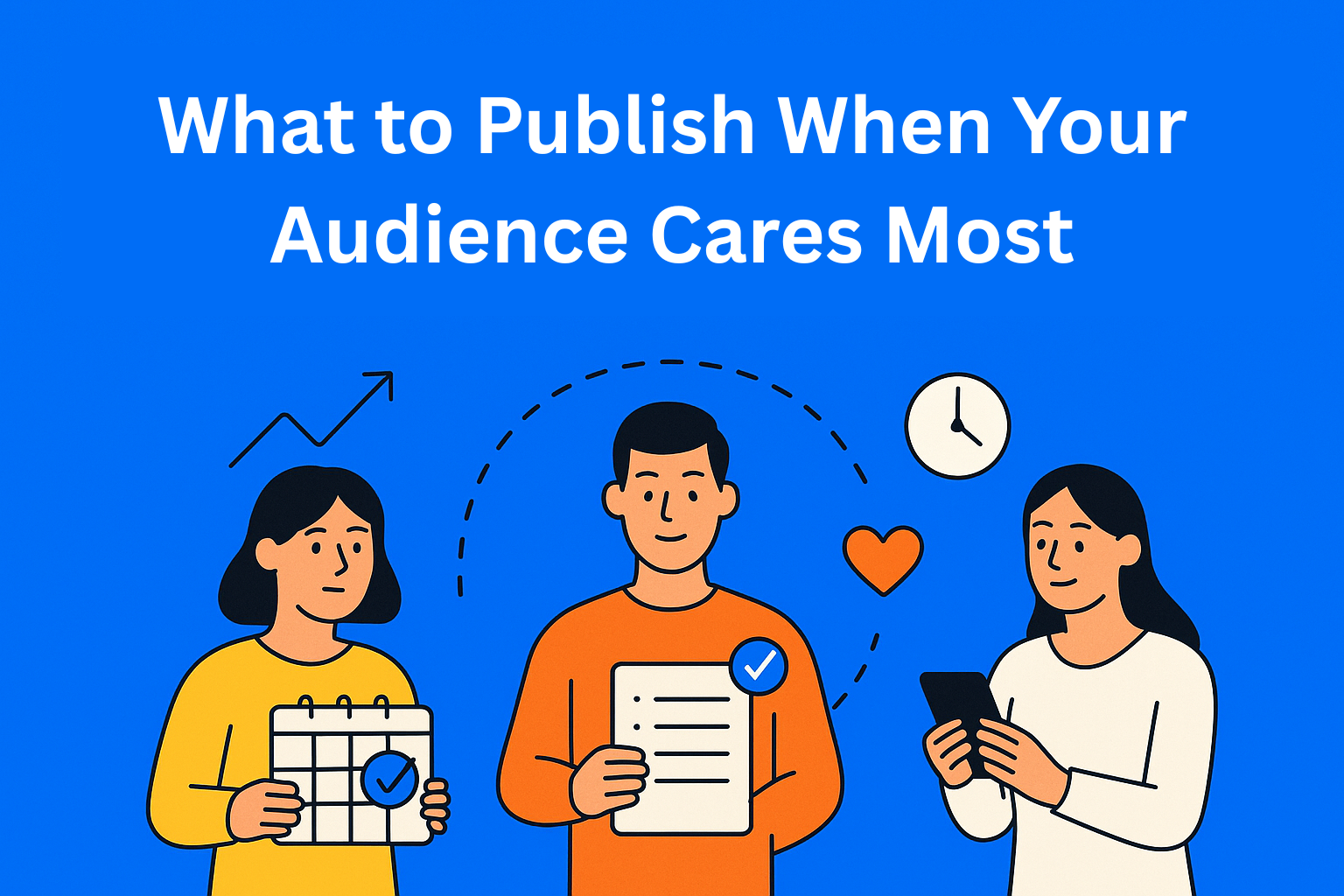The Danger of Optimizing for Applause Over Action
Chasing likes and shares often leads content teams to forget real goals like conversions and loyalty. Discover why optimizing for applause over action results in weak outcomes - and how a smarter content strategy makes all the difference.

In the world of digital marketing and content creation, it's very easy to fall into the trap of numbers, likes, and virality. We all know how it goes - you create a post, blog, video, reel... and the first thing you check are the reactions. Number of views, comments, shares. It feels like someone is measuring the value of your work through metrics. And the truth is: they are. But not always by what truly matters.
This brings us to a dangerous practice that's becoming increasingly common in marketing teams and content strategies: optimizing for applause instead of action.
Key Takeaways
- Applause (likes, shares) doesn’t equal real action (leads, conversions, engagement).
- Content should serve a clear purpose - not just chase attention or trends.
- Shallow content built only for performance leads to forgettable experiences and weak trust.
- Your audience can sense inauthentic, applause-chasing content - and it breaks credibility.
- Long-term success comes from valuable, purposeful content that inspires real action.
Applause vs. Action: Sounds similar, but it's not
Applause refers to all those external signals of approval: likes, shares, positive comments, and view count. Action is everything that happens beyond that - purchases, sign-ups, newsletter subscriptions, even deeper user engagement with the brand.
The problem starts when teams begin to create content just because it will "get clicks," rather than because it serves a purpose. You know those posts that say a lot, but mean nothing? Exactly that.
In content marketing, it’s important to know why we’re creating content. Do we want to raise brand awareness? Generate leads? Educate our audience? If the answer to these questions isn’t clear, we easily slip into making content that looks nice but does nothing.
How algorithms favor applause
Social media, SEO tools, and various platforms today favor engagement. The more people react, the more your content gets "pushed." And that’s fine... until it becomes the only measure of success.
Digital marketing today is full of "performance" content that’s designed to look engaging. Reels with texts that mean nothing, posts with viral formats unrelated to the brand, and content that seems deep but has no real message.
If you're in a content team, you know how challenging it is to balance between making content appealing and making it actually serve a purpose.
This is where EasyContent can come in - it helps you stay focused on the content’s purpose while also keeping track of the process, SEO guidelines, and internal review, because a solid content strategy starts with clear goals and structure.
Shallowness as a consequence
When you optimize for applause, one long-term problem arises: shallowness.
Content becomes repetitive, inauthentic, "Instagram-friendly," but forgettable. People see it, but don't remember it. They read it, but don’t click. They like it, but don’t buy.
For content teams, this means wasting resources on content that doesn't move the audience. It also leads to demotivation, because even though the numbers look good, there are no results. Content performance must be measured both quantitatively and qualitatively.
For example, one honest blog with a detailed guide may get fewer views but more conversions. In contrast, a short, cute video may get 100k views and 0 sales.
The audience knows when it’s all “for applause”
People aren’t naïve. Over time, the audience notices when content exists just to go viral. When a brand only pretends to be empathetic. When there’s buzz but no value delivered.
This leads to loss of trust, which is the hardest to regain. In digital marketing, trust is currency. If you spend it on cheap applause, the audience will go to those who offer action, solutions, and usefulness.
In this context, content management platforms like EasyContent can help maintain consistency in structure, tone, and purpose across the whole team, especially in larger companies where multiple people work on the same projects.
Why action is harder, but more valuable
Action isn’t exciting. You won’t get a hundred likes for writing a good onboarding email. Or for creating an FAQ page that truly helps users. But these are the things that build a brand.
In content strategy, long-term value comes from consistent, useful, relevant content. A blog post that educates. An email that reminds. A guide that solves a problem. These are the things that convert - not instantly, but steadily.
When the team knows what their main KPI is - whether it's lead generation, user retention, awareness, or engagement - it's easier to focus on action instead of noise.
How to avoid falling into the "applause trap"
Here are a few practical tips:
- Set goals before creating - What do we want the user to do after consuming the content?
- Analyze metrics that really matter - Conversion rate, bounce rate, time on page. Not just likes.
- Maintain tone and purpose across all channels - Especially when multiple people are involved.
- Use tools that support planning and the review processes - like EasyContent.
- Reflect regularly - When you see a post has "exploded," ask: what did we actually achieve with it?
Conclusion
In the age of algorithms, short formats, and viral content, it’s easy to mistake applause for success. But applause without action is just noise. Short-lived. Shallow. And ultimately, useless.
If you're a content manager, part of a content team, or anyone who creates digital content daily, remember that real value comes from what the user does, not just from what they see.
And yes, from time to time, it's totally fine for content to be fun, light, and viral. But if that’s your constant strategy, it’s only a matter of time before your audience starts yawning.






